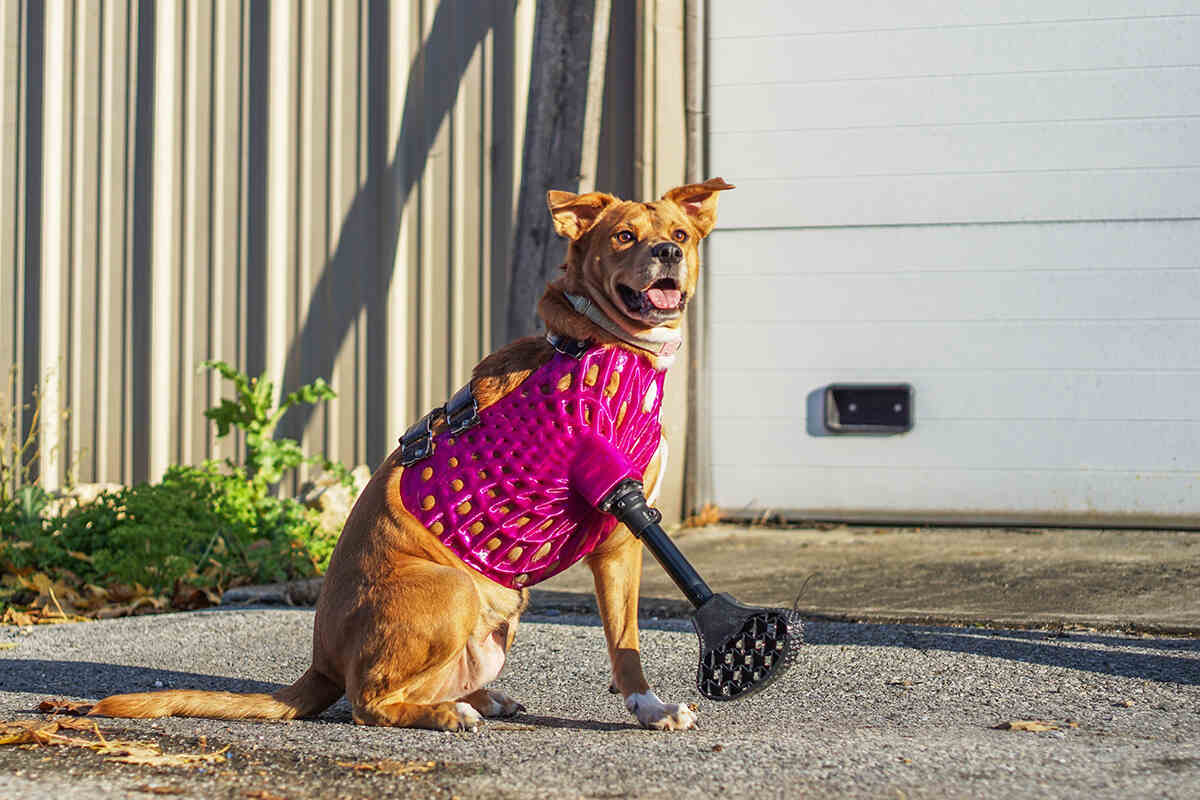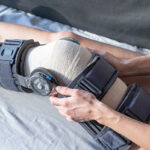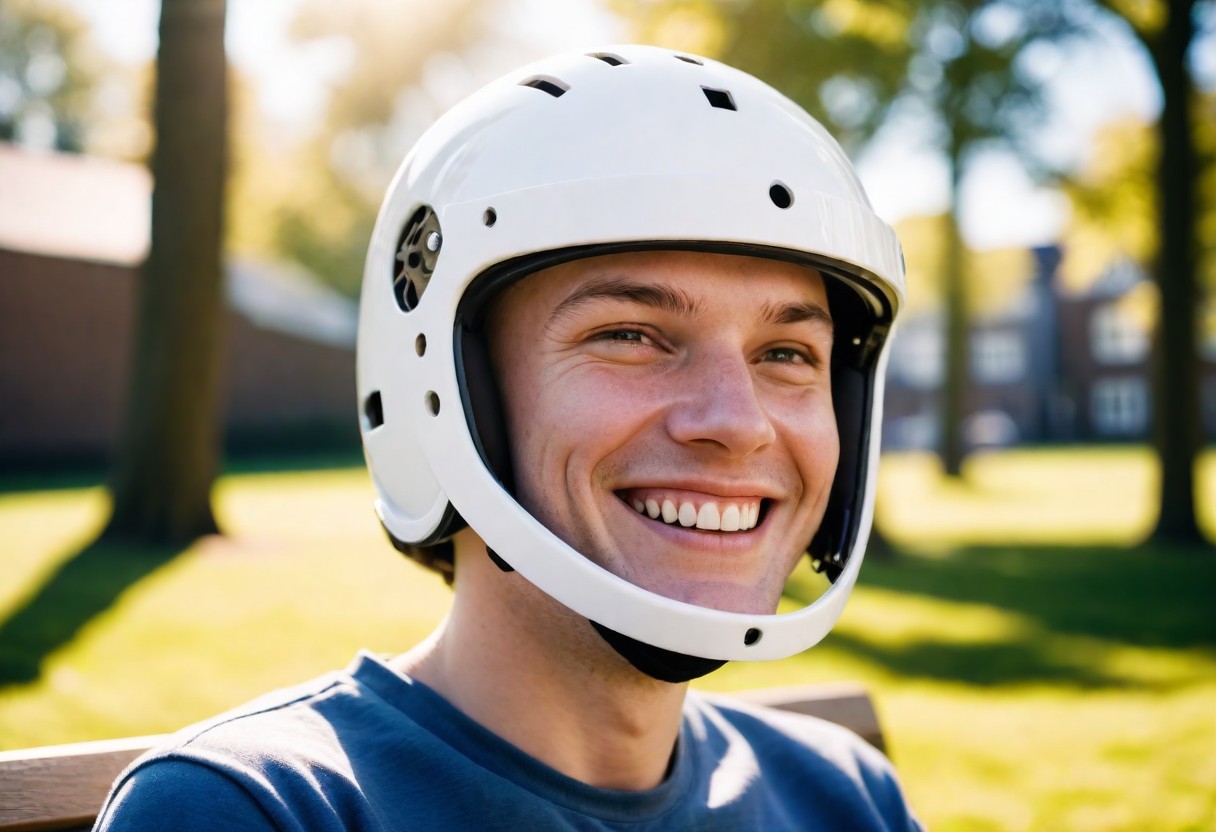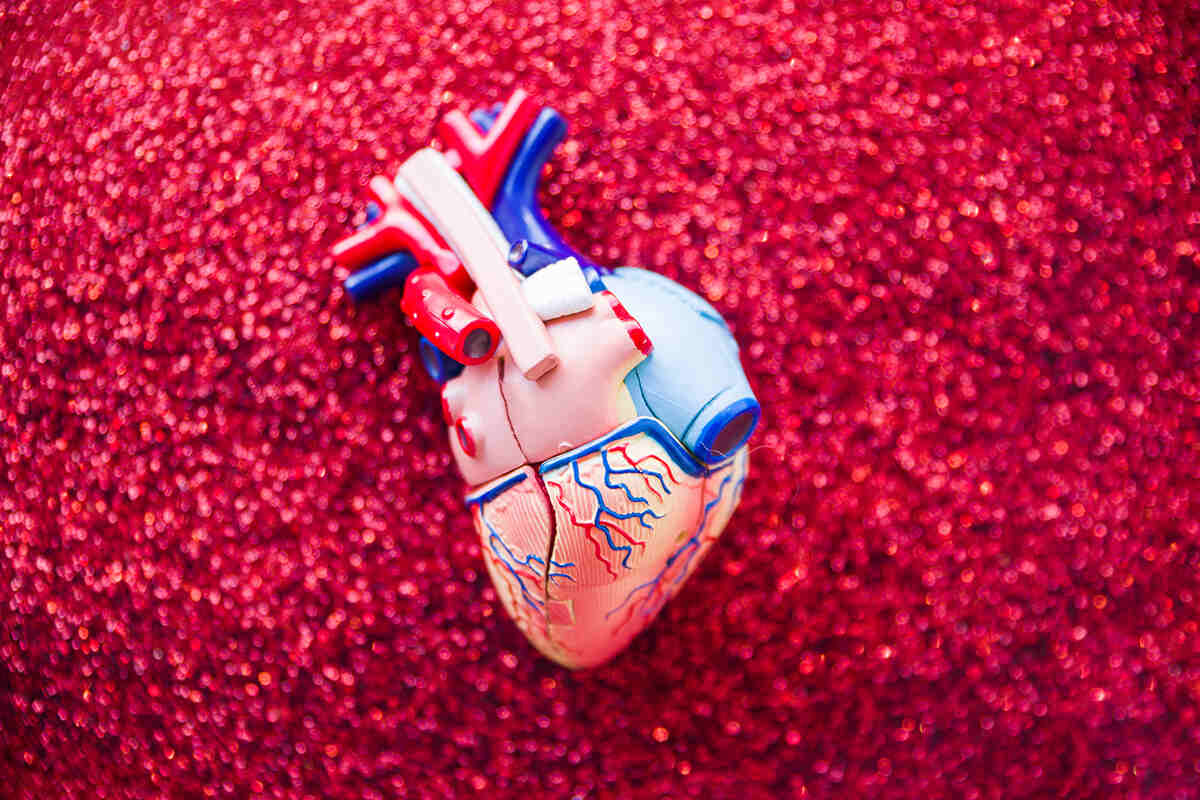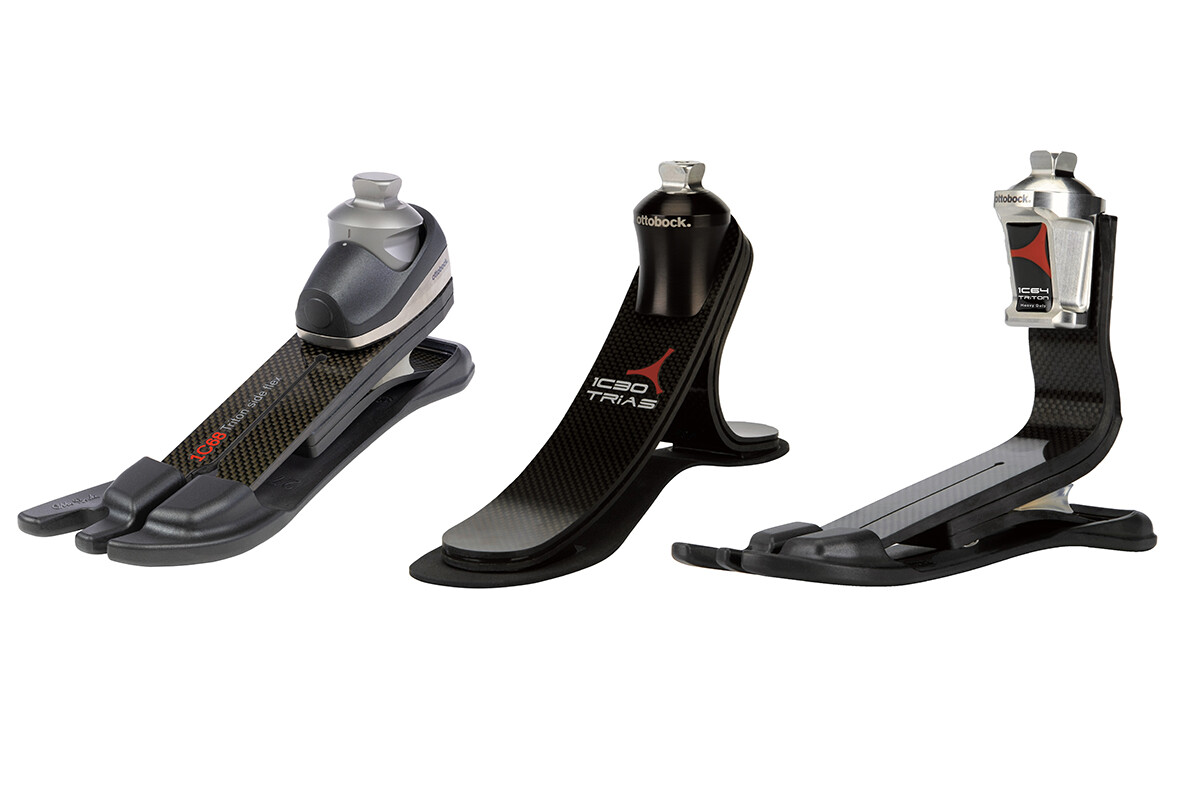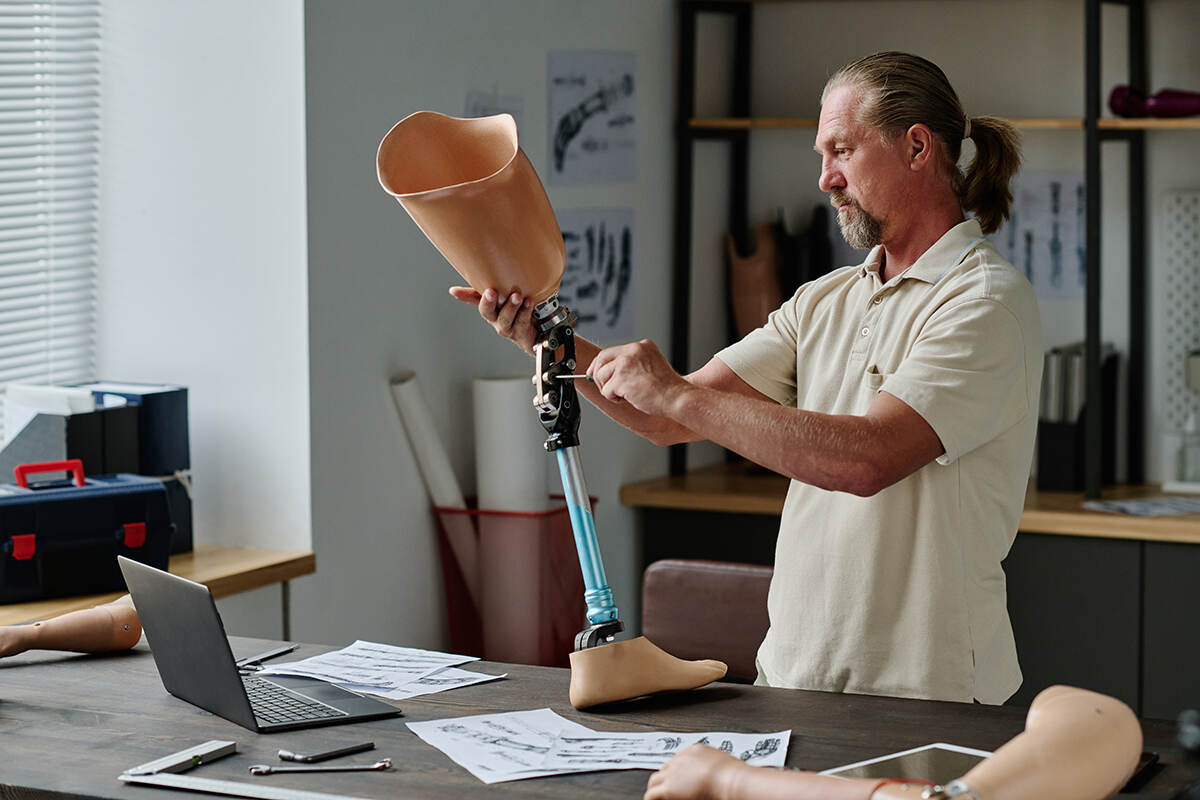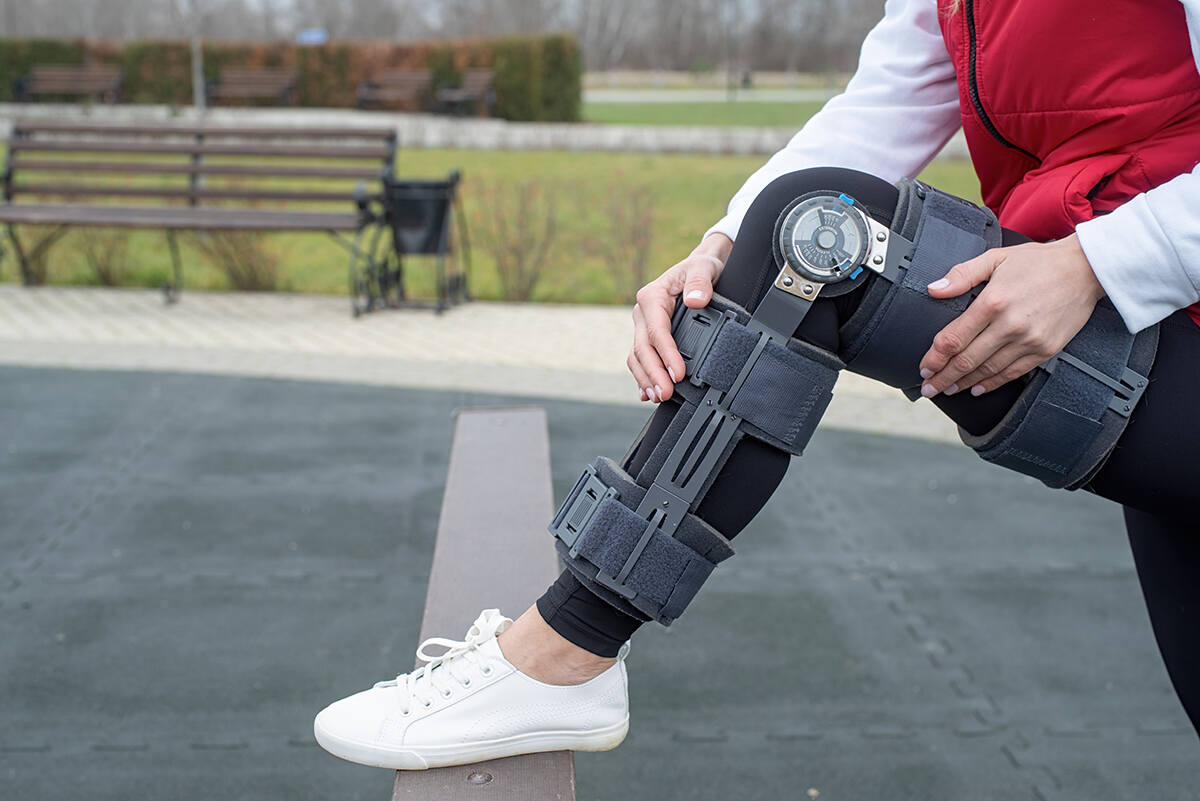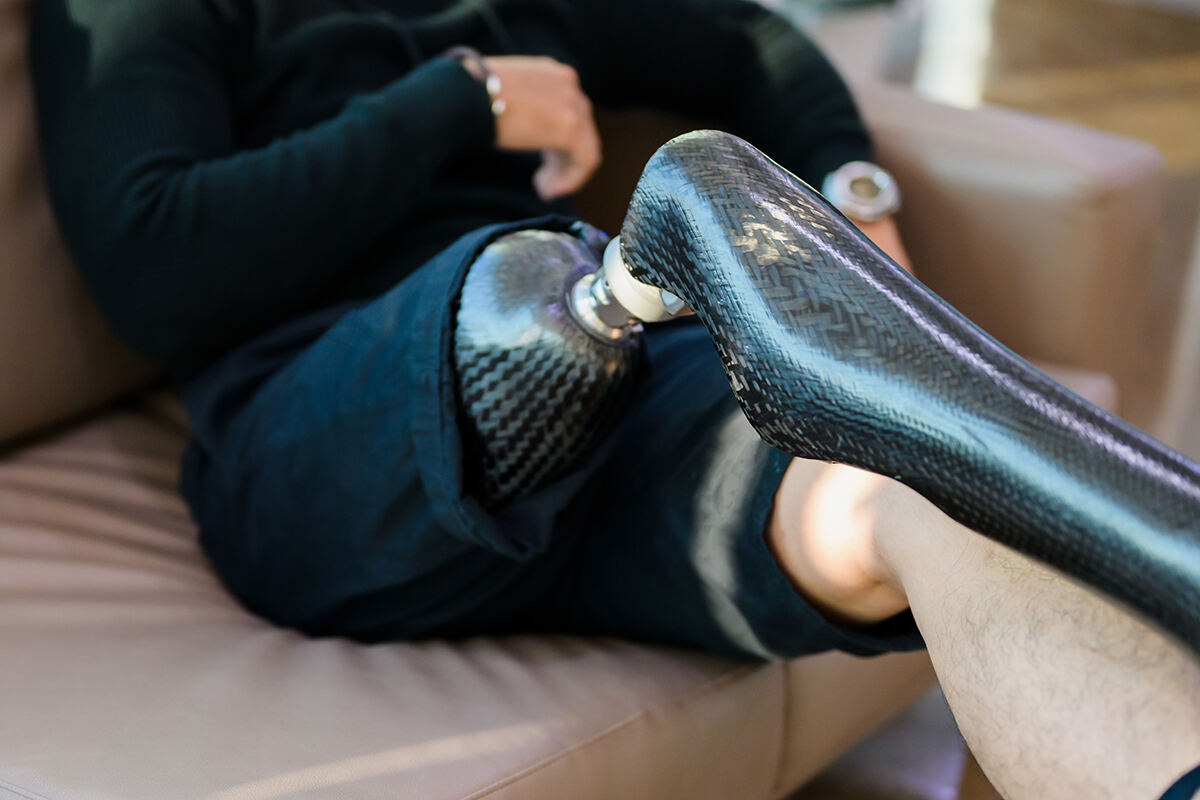How is 3D printing reshaping care for injured animals? For many, affordable and custom-fit prosthetics were a distant dream until now. This article dives into the world of 3D printing prosthetics for animals, explaining its role in delivering tailor-made solutions that are transforming the way we restore mobility and comfort to our furry and feathered companions.
Key Takeaways
- 3D printing technology revolutionizes animal prosthetics by offering personalized, comfortable, and cost-effective solutions, enhancing care for animals with disabilities.
- Animals across various species, including dogs, birds, turtles, and horses, are regaining mobility and quality of life thanks to custom 3D printed prosthetics tailored to their specific needs.
- The future of 3D printed animal prosthetics holds promising advances in production efficiency, material innovation, and extensive research, setting the course for even more effective aid for animals.
The Power of 3D Printing in Animal Prosthetics
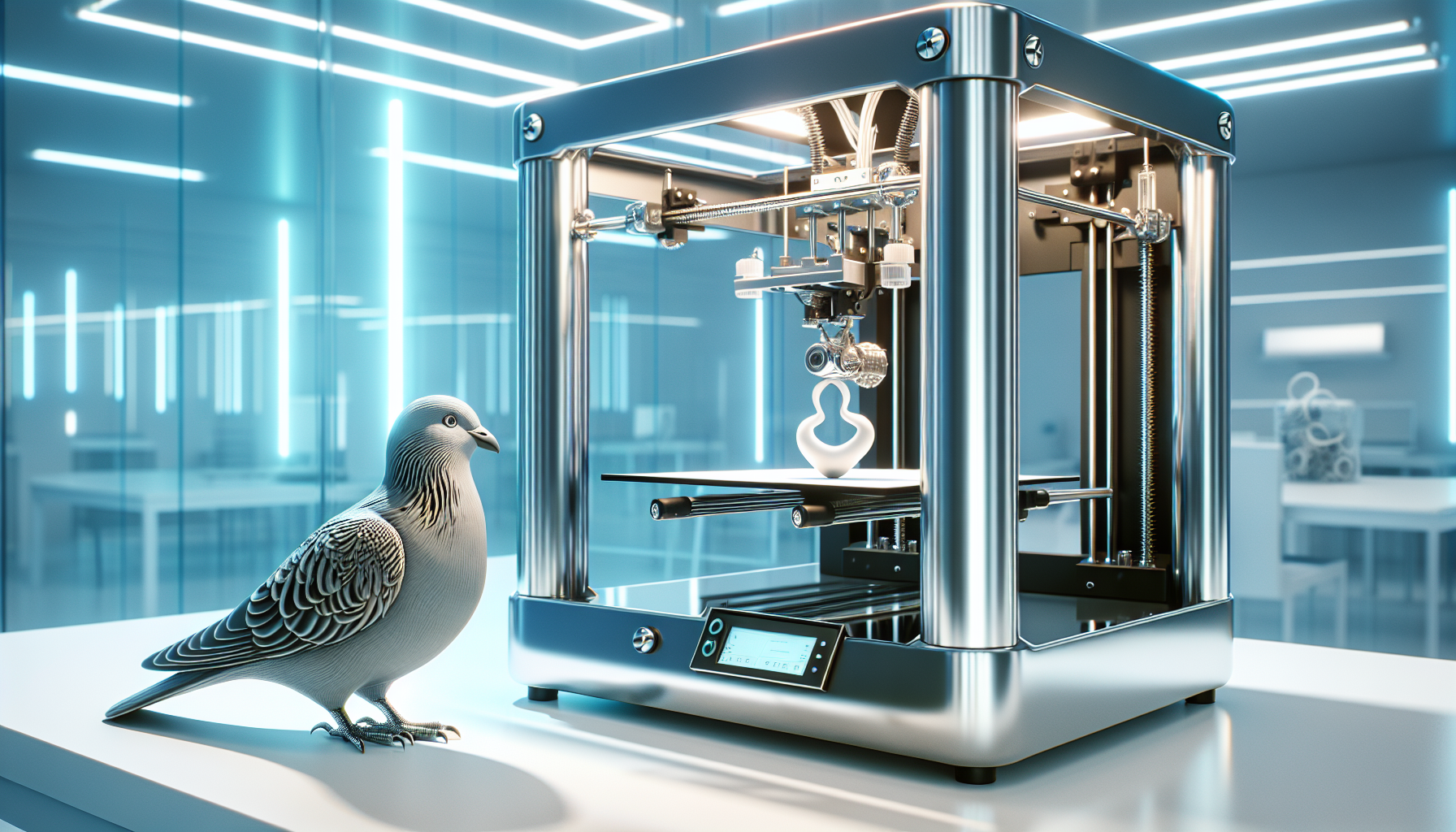
The field of animal prosthetics has traditionally been a challenging one. The creation of artificial limbs for animals was often a lengthy, expensive process, limited by the need for customization to each animal’s unique anatomy. The advent of 3D printing technology has dramatically transformed this field. It provides personalized, comfortable, and cost-effective artificial limbs for animals with disabilities, significantly enhancing their care.
One inspiring example of this positive impact is Alejandro Colli, an Argentinian computer engineering student. He creates 3D printed pet prosthetics for injured dogs, which he distributes for free across various countries in South America, demonstrating how 3D printing is making a real-world impact. Colli’s work is just the tip of the iceberg. Digging deeper, countless stories emerge of animals whose lives have been transformed by this technology.
The power of 3D printing in animal prosthetics lies in its ability to create custom solutions that are comfortable for the animal and affordable for their owners. This is realized through a focus on customization, comfort, and the application of advanced materials. We’ll examine these aspects in more detail.
Customization and Comfort
When it comes to animal prosthetics, customization and comfort are of prime importance. Every animal is unique, and their prosthetics need to be tailored to their specific needs and anatomy. 3D printing technology excels in this domain. It leverages modern modeling software to fabricate personalized, comfortable, and durable designs at a lower cost than traditional prosthetics, thereby increasing accessibility for animals in need.
The traditional method of creating full limb prosthetics using negative molds and plastic sheets has its limitations. Recognizing the need for improvement, Adam Hecht and Alex Tholl streamlined the process of creating full limb prosthetic solutions for dogs. Their contribution has significantly advanced the field with 790 using 3D printing technology. The result is a world where our beloved pets can lead a normal life, even after losing a limb.
Material Advancements
The advancements in materials used for 3D printing have been nothing short of revolutionary. Two materials in particular, PETG and TPU, have been game-changers. These materials have been successfully used in creating socket prostheses, orthoses, and specialized equipment like helmets for bionic pets.
PETG is celebrated for its remarkable strength and durability, ensuring the prosthetics last a long time. Meanwhile, TPU is cherished for its flexibility and impact resistance, offering comfort and seamlessly adapting to the animals’ movements. This makes it easier for pet owners to care for their pets and ensures that the animals can lead a normal life without any discomfort.
The innovation doesn’t stop there. Research has shown that combining these two materials can result in prosthetics that surpass the performance of those made with either material alone, potentially offering even better quality and durability. The advancements in 3D printing materials have truly been a boon to the field of animal prosthetics.
Real-Life Examples of 3D Printed Prosthetics for Animals

The transformative power of 3D printed prosthetics is best seen in real-life examples. Animals from various species, including:
- dogs
- birds
- turtles
- horses
have benefited from this technology, regaining their mobility and leading a more comfortable life. From a baby goat with a 3D printed helmet to a toucan with a new beak, the real-life examples of 3D printed prosthetics for animals are both heartwarming and inspiring.
Turtles and tortoises have also experienced significant benefits from 3D printed prosthetics. A team in Central Florida created a 3D printed shell for a tortoise named Cleopatra, who suffered from a severe shell deformity. The new shell allowed Cleopatra to live a more comfortable and healthy life. These stories are just a few examples of the numerous animals whose lives have been positively impacted by this innovative technology.
But how are these specialized prosthetics created? This is where high precision accuracy from 3D scanning technologies, such as an Artec 3D scanner, come into play. These tools are utilized to create a specialized appendage for animals like Mr. Stubbs, a tailless alligator. We’ll analyze specific examples to understand how various animals have benefited from 3D printed prosthetics.
Dogs Regaining Mobility
Dogs, man’s best friend, have been one of the primary beneficiaries of 3D printed prosthetics. Dogs with limb differences have been able to regain mobility through the use of 3D printed prosthetics and custom ‘wheelchairs.’ These advancements are allowing them to move independently and with greater comfort.
Take Turbo Roo, a Chihuahua without two front legs, for instance. He was given a custom 3D printed wheelchair harness. And then there was Derby the Dog, who was born with deformed front legs. He was provided with custom-made rounded three-dimensional legs. These heartwarming examples demonstrate how 3D printed devices can significantly improve the mobility of dogs with physical challenges.
Birds with Reconstructed Beaks
Birds, too, have been given a new lease on life through 3D printed prosthetics. Birds with damaged or missing beaks, like Beauty the Bald Eagle and Grecia the Toucan, have been provided with 3D printed prosthetic bills. These prosthetics have allowed them to eat and interact normally, thus improving their quality of life.
The prosthetic beaks, made using nylon and nylon-polymer materials perfect for 3D printing, were carefully colored to mimic the natural beak color. This attention to detail ensured that these birds could attract potential mates and be accepted in their communities. Through these prosthetics, birds like Grecia have not only been able to resume their normal activities but also become emblems against animal cruelty.
Turtles and Tortoises with New Shells
The impact of 3D printed prosthetics isn’t just limited to birds and dogs. Turtles and tortoises with damaged shells have been given a new lease on life with 3D printed replacements. These new shells have enabled them to live more comfortably and happily.
One such inspiring story is of Fred the tortoise. Despite losing 85% of his original shell in a forest fire, Fred received a completely new shell thanks to 3D printed prosthetics. The 3D printed shells for turtles and tortoises offer the chance to overcome specific challenges such as ensuring the shells can endure water immersion and creating gentle slopes for a natural fit to the animal’s body.
Horses Benefiting from 3D Printed Horseshoes and Prosthetic Feet
Horses, magnificent creatures of strength and speed, have also benefited from 3D printed prosthetics. Horses with foot problems have been provided with 3D printed horseshoes and prosthetic feet. These tools have improved their performance and overall well-being.
Some examples of how 3D printing has been used in the equine industry include:
- Dutch researchers developing custom shoes to address hoof issues
- 3D-printed guides being instrumental in the successful surgical removal of foot tumors in horses
- 3D printed shields providing much-needed protection for a horse with a canker infection, aiding in its recovery
The use of this innovative technology has been transformative in the equine industry.
The Process of Creating 3D Printed Prosthetics for Animals
Creating 3D printed prosthetics for animals is a meticulous process, involving several stages. Each stage, from the initial 3D scanning and design to material selection and the printing process, and finally, fitting and adjustment, is crucial to ensure the best possible outcome for the animal.
The process of creating a prosthetic for an animal involves several steps:
- 3D scan of the animal’s limb to capture precise measurements and shape
- Designing the prosthetic using specialized software
- Sending the design to a 3D printer, which constructs the prosthetic layer by layer using the selected material
- Fitting the prosthetic to the animal’s limb and making necessary adjustments
This process ensures that the prosthetic is customized to fit the animal’s specific needs.
How does each stage function? Let’s examine this in more detail.
3D Scanning and Design
The first step in creating a 3D printed animal prosthetic is 3D scanning and design. This involves using advanced 3D laser scanning technology to accurately capture the measurements and shape of the animal’s limb. This guarantees that the prosthetic design will perfectly fit the animal’s unique anatomy, leading to improved mobility and quality of life.
Once the scanning is complete, a team of specialists uses specialized software to create a blueprint for the prosthetic. This blueprint is tailor-made for each animal, taking into account its unique needs and anatomy. This ensures that the final prosthetic will be a perfect fit for the animal, enhancing its comfort and mobility.
Material Selection and Printing
The next step in creating a 3D printed prosthetic is material selection and printing. The choice of material for a 3D printed animal prosthetic opens up exciting opportunities for creating innovative solutions. The most amazing and commonly used materials for 3D printed animal prosthetics include thermoplastic polyurethane (TPU), polyethylene terephthalate glycol modified (PETG), and biocompatible resins.
With the material selected, the design is sent to a 3D printer. The printer constructs the prosthetic layer by layer using the selected material. After printing, the prosthetic undergoes fitting to the animal’s limb and necessary adjustments. The result is a prosthetic that is tailor-made for the animal, enhancing its mobility and comfort.
Fitting and Adjustment
The final step in the process of creating a 3D printed prosthetic for animals is fitting and adjustment. This step is crucial in ensuring the animal’s comfort and successful adaptation to the new limb or device.
During the fitting process, the prosthetic is carefully attached to the animal’s limb. The fit is then adjusted to ensure that the prosthetic is comfortable and functional for the animal. This process may require several adjustments to ensure that the prosthetic is a perfect fit for the animal.
The Future of 3D Printed Animal Prosthetics
As demonstrated, 3D printed prosthetics have had a transformative impact on animals’ lives. So, what does the future hold for this technology? The realm of 3D printed animal prosthetics is brimming with potential, with opportunities for expanding production, enhancing accessibility, and broadening the scope of applications and research.
We can look forward to the following advancements in the field of prosthetics:
- Complete custom prosthetics being made at a low cost
- Exciting advancements in prosthetics for animals
- The development of new materials for prosthetics
- The use of modeling software to create more customizable prosthetics
Additionally, as the technology develops and expands into new materials, more animals are expected to benefit from 3D printed prosthetics.
Expanding Production and Accessibility
One of the key areas of focus for the future of 3D printed animal prosthetics is expanding production and accessibility. Advances in 3D printing technology are making prosthetics more accessible for animals, allowing the creation of lightweight, affordable, and custom-made prosthetic limbs tailored to each animal’s specific needs.
The production process of 3D printed animal prosthetics can be made even more efficient by utilizing:
- 3D scanning and printing technology
- Additive manufacturing techniques to improve production times and reduce the overall weight of the prosthetics
- Innovative approaches to address durability concerns
By implementing these strategies, we can enhance the effectiveness of these prosthetic devices and prosthetics.
Further Applications and Research
The future of 3D printed animal prosthetics involves:
- Exploring further applications and research in the field
- Creating even more customized and lightweight prosthetic limbs and orthotics
- Enhancing the mobility and quality of life for animals
The potential for 3D printing technology to improve is truly exciting. As the technology becomes more scalable, faster, and cheaper, we can expect these advancements to benefit animals even more.
Current research efforts regarding 3D printed animal prosthetics are promising. Some of the advancements in this field include:
- Exploring new software for more customizable prosthetics
- Applying these innovations to various animal mobility devices
- Conducting initial studies in small animal orthopedics to examine the long-term benefits and viability of 3D printed prosthetics
- Showing promising results in fabricating individualized implants for injured animals
These developments are paving the way for more effective and personalized solutions in animal prosthetics.
Frequently Asked Questions
How much do prosthetics cost 3D pets?
The cost of 3D printed pet prosthetics can vary based on the type of pet, but typically start at $1,500, and payment plans can be available. Consider reaching out for more specific pricing details.
How 3D printing is used with animals?
3D printing is used with animals to create prosthetics and custom “wheelchairs”, such as those used by dogs like Derby and TurboRoo. This technology helps animals with disabilities live more fulfilling lives.
How to make prosthetics for animals?
To make prosthetics for animals, start by making a plaster cast, designing the prosthetic based on measurements and photos, and building it with durable materials like thermoplastics and metal. Then, the finer details can be adjusted by hand to meet the animal’s needs.
What are the materials commonly used for 3D printing animal prosthetics?
The materials commonly used for 3D printing animal prosthetics are PETG and TPU. These materials have been successfully used in creating socket prostheses, orthoses, and specialized equipment like helmets for bionic pets.
What are the exciting ways in which advances in 3D printing technology could make prosthetics more accessible for animals in the future?
In the future, advances in 3D printing technology will make prosthetics for animals more accessible by creating lightweight, affordable, and custom-made prosthetic limbs tailored to each animal’s specific needs. This will greatly improve their quality of life and mobility.


